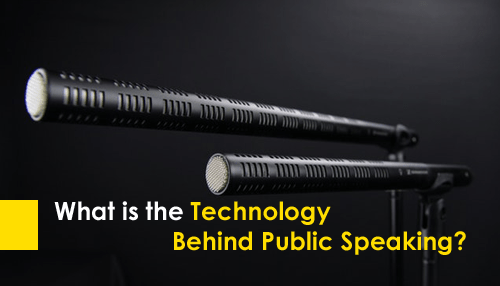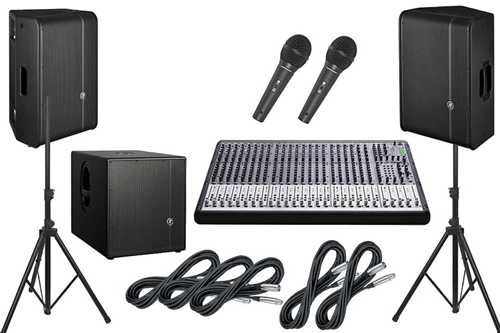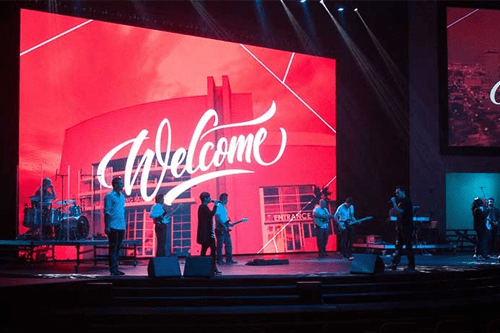Centuries ago, big speeches were made using large, open spaces and a great deal of shouting in order to be heard at a distance. Luckily, the science behind public speaking has evolved dramatically over the decades, and it is now possible for a whisper to be heard from miles away using modern technology.
The exact tech required depends largely on where the speaking will take place and the size of the venue, but the basic principles and type of equipment remain the same; and whilst technology has improved its reach, good public speaking coaching is essential when it comes to delivering powerful speeches.
Here Is A Breakdown Of Some Of The Technology Behind Public Speaking
1. Microphone
A microphone does not amplify sound on its own, but it is one of the most important parts of public speaking. The microphone is a transducer which converts the sound waves from the orator’s voice into electrical signals, which are then amplified and passed through to the speaker system, and then converted back into sound waves.
There are many different types of microphone which are now used in public speaking, ranging from condenser mics to dynamic mics. Each has its own characteristics and niche, but they should all be able to get the job done.
2. PA System
The microphone could technically be classed as part of the PA system, but there is much more to the system as a whole. The loudspeaker, for instance, is responsible for delivering the sound of the speaker’s voice to listeners’ ears (especially those who are far away).
There is usually also a mixer in the system to control sound frequencies as well as an amplifier to increase the volume of the speaker’s voice. Monitors are also used to gauge sound levels and to allow the sound engineer to make adjustments accordingly.
3. Screen/Backdrop
Nowadays, the backdrop for a speech also plays a fairly important role in creating an atmosphere and theme for the event. Often there a large video screen is used which displays information or shows pictures to the audience, bringing the speech to life visually.
This may require a variety of video and audio cables (from established suppliers like RS Components) and potentially a remote with which the speaker can change the image/video at the press of a button.
Technology has allowed public speaking to become truly inclusive, with orators now able to reach thousands of ears without needing to shout. With an effective microphone, PA system and backdrop, it is possible to deliver incredibly effective, engaging speeches with ease.






